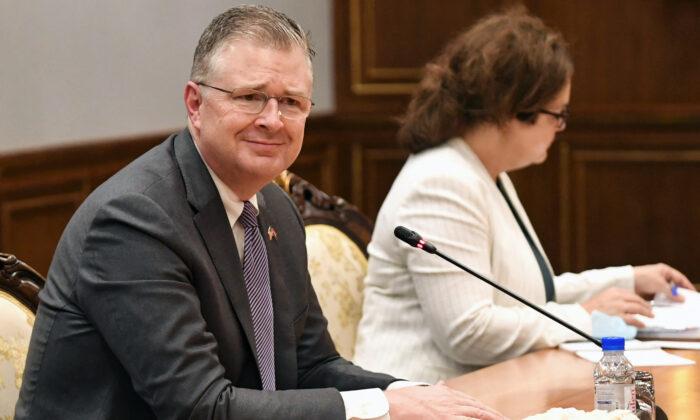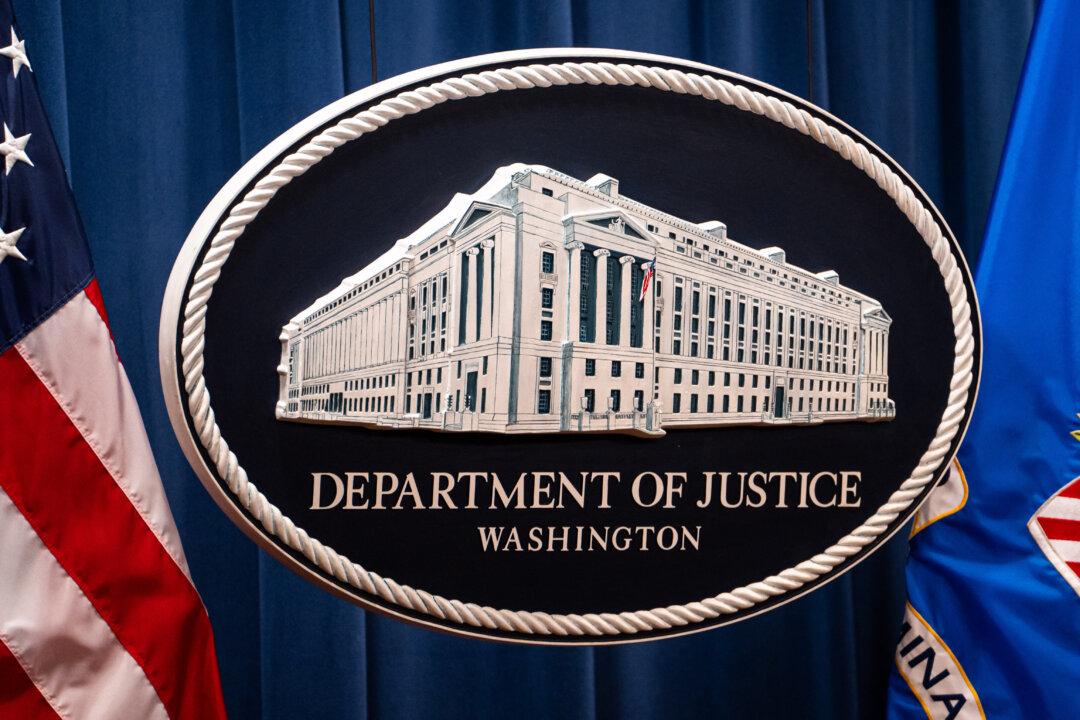A senior U.S. diplomat has arrived in China for talks to discuss “key issues in the bilateral relationship” with Chinese Communist Party (CCP) officials.
The visit by Daniel Kritenbrink, assistant secretary of state for East Asian and Pacific affairs, coincides with the 34th anniversary of the Chinese Communist Party’s Tiananmen Square Massacre.
Kritenbrink is being accompanied in Beijing by Sarah Beran, the National Security Council’s senior director for China and Taiwan affairs.
His official meetings in Beijing will begin on June 5, according to a State Department spokesperson. As always, Kritenbrink will raise human rights concerns with Chinese officials and continue to advocate for fundamental freedoms in China.
U.S. Secretary of State Antony Blinken also noted in a June 3 statement that the United States would be observing the 34th anniversary of the Tiananmen Square Massacre.
“On June 4th, 1989, the Government of the People’s Republic of China (PRC) sent tanks into Tiananmen Square to brutally repress peaceful Chinese pro-democracy protesters and bystanders alike,” he said. “The victims’ bravery will not be forgotten and continues to inspire advocates for these principles around the world.”
An estimated 300,000 Chinese soldiers—many of them only 18 or 19 years old themselves—were deployed to disperse the student protesters in what would become a bloody massacre.
When the soldiers opened fire, hundreds—potentially thousands—of protesters were killed for standing up against the CCP’s oppression of human rights and freedoms in China under its one-party rule.
Yang was working alongside Chinese leader Deng Xiaoping, who had earlier said the People’s Liberation Army must be willing “to spill some blood” to restore order.
Tensions Simmer
Kritenbrink’s visit comes after a secret China trip by CIA Director William Burns last month after Beijing had broken off most regular calls between senior diplomatic, intelligence, and military officials in the aftermath of the U.S. shootdown of a Chinese spy balloon.The balloon flew through U.S. airspace over sensitive military sites and was shot down by a U.S. fighter jet only after it had traversed the mainland and reached the Atlantic Ocean.
After the meeting, in which Burns had “emphasized the importance of maintaining open lines of communication in intelligence channels” with his Chinese counterparts, Biden said on May 21 that he expected a “thaw” in relations with China in the short term.
The White House has stated that it’s working to facilitate visits to China by Blinken, as well as Treasury Secretary Janet Yellen and Raimondo.
Over the weekend, China still refused to hold military talks with U.S. officials at the Shangri-La Dialogue in Singapore—Asia’s top security summit.





